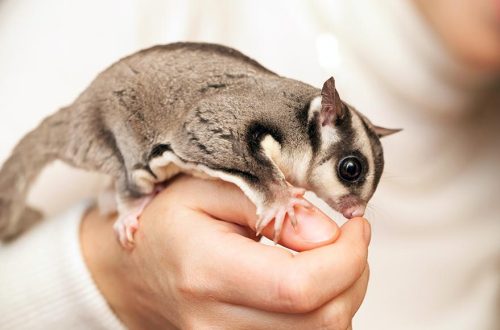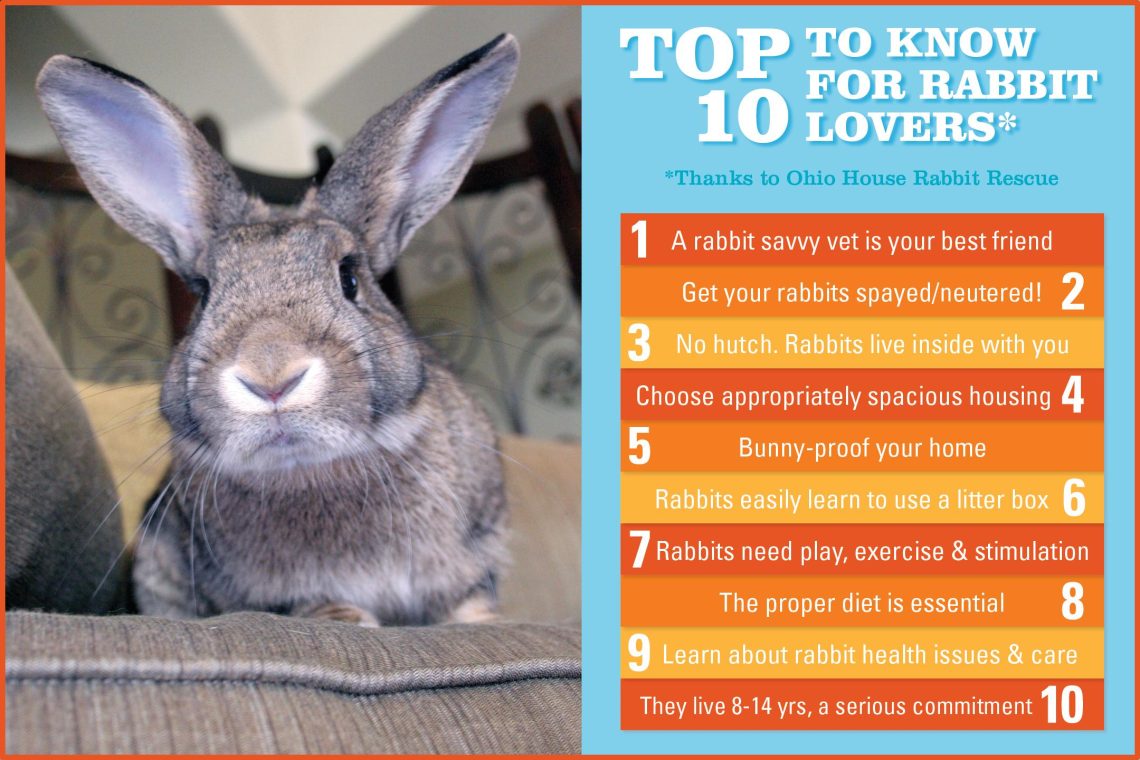
Essential Guide to Properly Caring for Your Beloved Rabbit
Essential Guide to Properly caring for Your Beloved Rabbit
Rabbits are enchanting creatures that bring joy and companionship to countless households. With their twitching noses, expressive eyes, and playful hops, they carve out a special place in our hearts. However,being a rabbit owner comes with unique responsibilities that ensure these delicate companions thrive in a safe and enriching habitat. Whether you’re a seasoned rabbit enthusiast or a first-time owner, understanding their needs is vital to nurturing a happy and healthy pet. In this essential guide, we will explore the intricacies of rabbit care, from creating a cozy living space to providing proper nutrition and veterinary care. Join us on this journey to unlock the secrets of responsible rabbit ownership, and discover how to foster a loving bond with your beloved furry friend.
Table of Contents
- Understanding Your rabbit’s unique Needs
- Creating a Comfortable and Safe Living Environment
- Nutritious Diet: Fueling Your Rabbit’s Health
- Promoting Bonding and Mental Stimulation through Play
- Concluding Remarks
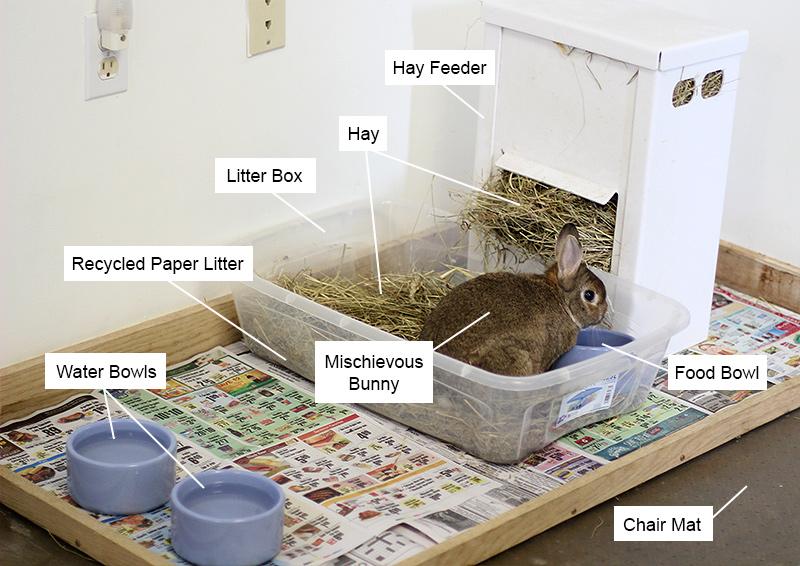
Understanding Your Rabbit’s Unique Needs
Every rabbit is unique, with individual quirks and traits that shape their personalities and behaviors. Understanding what makes your rabbit special is essential when it comes to providing them with a fulfilling life. Pay close attention to their preferences,whether it’s a favorite treat,a specific spot to relax,or a preferred way to interact with you. Observation is key; notice how they respond to your presence, toys, and changes in their environment.Building a bond through these small moments not only strengthens your relationship but also helps you cater to their emotional and physical needs more effectively.
In addition to general care, consider their specific requirements based on factors such as age, breed, and health status. For instance, some breeds are naturally more energetic and require ample space to roam, while others may be content with cozy corners for lounging.To illustrate different needs, here’s a simple breakdown of common rabbit care aspects:
| Factor | Considerations |
|---|---|
| Diet | Fresh hay, high-quality pellets, and fresh vegetables |
| housing | Spacious, safe, and stimulating environment |
| Exercise | Daily playtime and safe areas for hopping |
| Socialization | Positive interactions with humans and companions |
Ultimately, nurturing your rabbit’s individual personality and needs ensures they thrive in a loving and supportive environment.By being attuned to their specific traits and preferences, you not only enhance their well-being but also make every moment shared together that much more rewarding.

Creating a Comfortable and Safe living Environment
Creating a space that promotes tranquility for your rabbit involves careful consideration of their natural instincts and behaviors.Start by choosing a suitable habitat, like a spacious cage or pen, that allows your furry friend to stretch, hop, and explore. Ensure you incorporate comfortable bedding, such as soft hay or pet-safe blankets, which not only provides warmth but also mimics their natural burrowing environment. Keep the living area clean and free from hazardous materials, as rabbits love to chew on anything they find.It’s also beneficial to designate a safe zone, a small area were your rabbit can retreat when feeling anxious.
To further enhance their comfort, provide various enrichment tools and toys that will keep your rabbit mentally stimulated. Consider using items such as tunnels, chew toys, and hidey-holes made from safe, non-toxic materials. An inviting living environment should also be clutter-free; minimizing noise and visual distractions can significantly reduce stress levels. Remember to maintain a consistent temperature, ideally between 60°F and 70°F, to keep your rabbit comfortable year-round. A simple table outlining ideal living conditions can be helpful:
| Aspect | Ideal Condition |
|---|---|
| Temperature | 60°F - 70°F |
| Space | Minimum 4×4 ft for an indoor pen |
| bedding | Soft hay or pet-safe blankets |
| Noise Level | Low,calm environment |
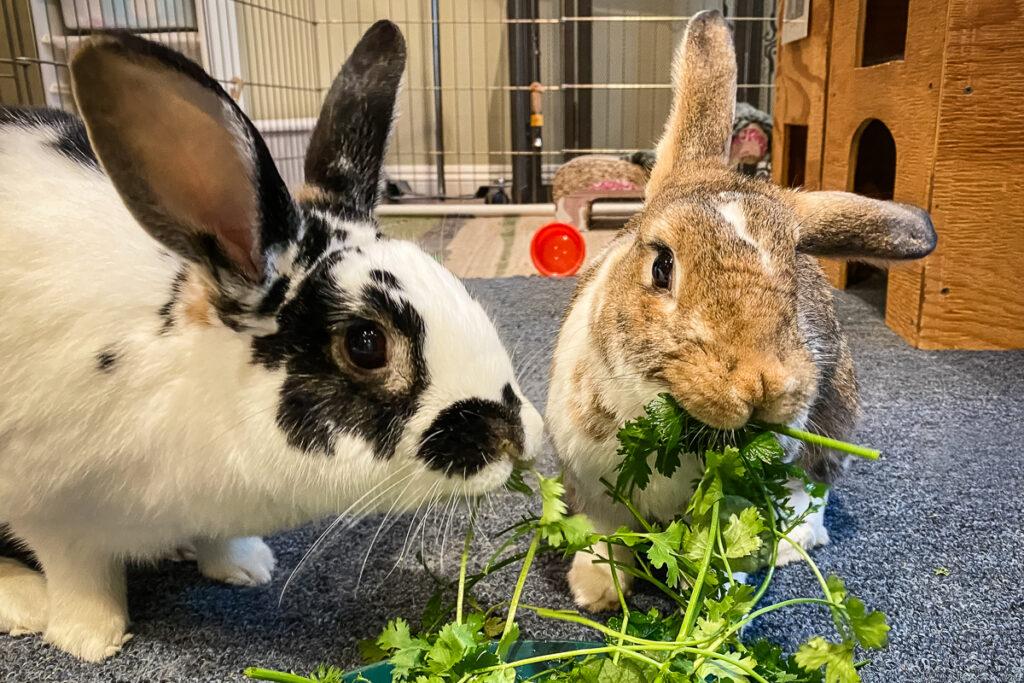
Nutritious Diet: Fueling Your Rabbit’s Health
To maintain optimal health, your rabbit’s diet must be both balanced and nutritious. Fresh hay is the cornerstone of a rabbit’s diet, serving as an excellent source of fiber that aids in digestion and prevents obesity. Alongside hay, a variety of fresh vegetables is crucial, as they provide essential vitamins and minerals. Consider incorporating the following into your rabbit’s meals:
- Leafy greens: Romaine lettuce, cilantro, parsley
- Root vegetables: Carrots (in moderation), radishes
- other vegetables: Bell peppers, zucchini, broccoli
In addition to hay and vegetables, pelleted rabbit food can be offered in limited quantities to ensure your rabbit receives necessary nutrients. However, not all pellets are created equal; select a high-quality option without added sugar or artificial ingredients. To round out their diet, occasional treats like fruits—such as apples, bananas, or berries—can be given in moderation. Just remember to offer these treats sparingly, as a high sugar intake can lead to health issues.Below is a simple guideline for portion sizes:
| Type of Food | serving size |
|---|---|
| Hay | Unlimited |
| fresh Vegetables | 1-2 cups daily |
| Pelleted Food | 1/4 cup per 5 lbs of body weight |
| Fruits (treats) | 1-2 tablespoons weekly |
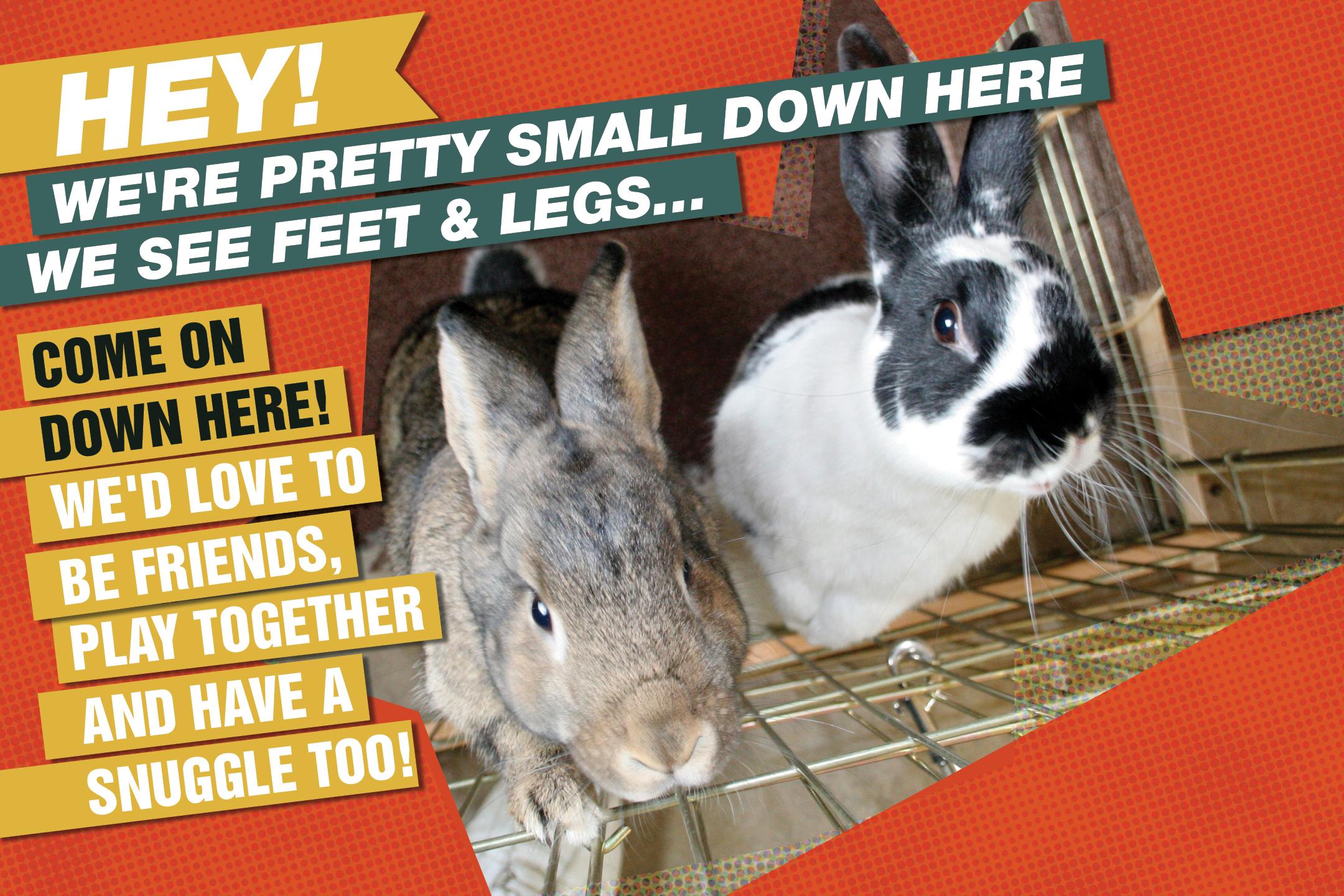
Promoting Bonding and Mental Stimulation through Play
Engaging your rabbit in play is crucial for their mental well-being and fosters a deeper bond between you and your furry companion. Rabbit playtime is not only about physical activity; it also encourages problem-solving and stimulates their natural instincts. Incorporating a variety of toys and activities will keep your rabbit entertained and mentally alert. Consider the following playful options:
- Interactive Toys: Choose toys that require your rabbit to think, such as puzzle feeders or treat balls.
- Maze and Tunnels: Set up a maze or tunnels for your rabbit to explore, providing both mental and physical exercise.
- DIY Enrichment: Create your own toys from safe household items, like cardboard boxes or paper towel rolls.
- Social Play: Spend time interacting with your rabbit through gentle games like hide-and-seek or chase.
Utilizing structured playtime can greatly reduce boredom and stress in your rabbit. Regular sessions of active engagement not only enhance their cognitive skills but also strengthen the emotional connection between you. Here’s a simple table outlining some recommended activities based on your rabbit’s age:
| Age Group | Recommended Activities |
|---|---|
| Young (0-1 year) | Obstacle courses,ball chasing,and supervised outdoor play |
| Adult (1-5 years) | Puzzle toys,indoor hopping games,and agility training |
| Senior (5+ years) | Gentle interactive play,scent games,and cozy hideaways |
Concluding Remarks
caring for your beloved rabbit is both a privilege and a duty that comes with its own set of challenges and rewards. By understanding their unique needs, from diet and habitat to emotional well-being, you’re not just providing them with a home; you’re nurturing a bond that can bring joy and companionship for years to come. Remember, each rabbit is an individual with its quirks and preferences, and your attentive care can significantly enhance their quality of life. As you embark on this rewarding journey, equipped with the knowledge from this guide, may your days be filled with delightful binkies and soft nuzzles, reminding you daily of the special place your furry friend holds in your heart. Happy hopping!




